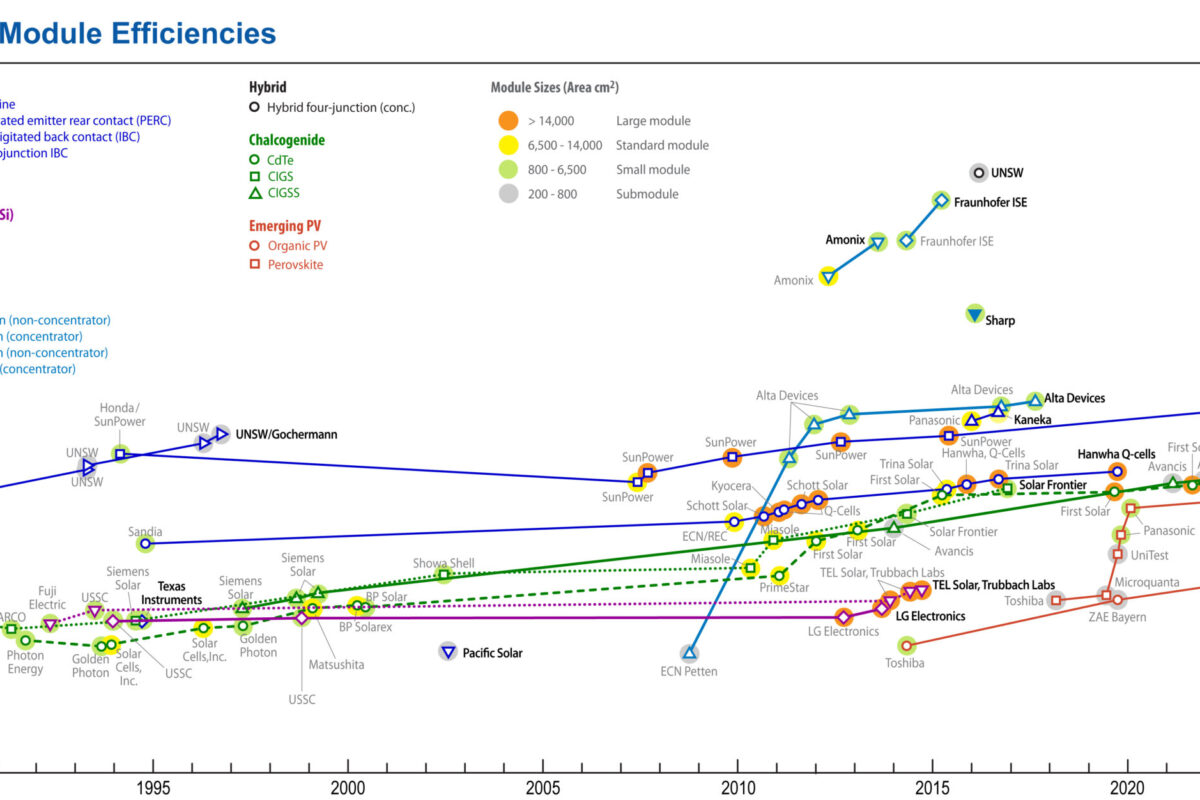Still regarded as “the fuel of the future”, hydrogen may have a key role to play in the transition away from fossil fuels. That means finding viable ways to produce low-emission hydrogen is an important goal for scientists and the hydrogen industry.
Using electricity generated from renewables to power the production of hydrogen by splitting water is the method currently dominating commercial green hydrogen approaches. However, generating hydrogen through reactions powered directly by sunlight is also a major focus of research and scientists at Japan’s Tokyo University of Science have spotted a new material to catalyze the process.
The method proposed by the Tokyo group uses a common type of rust – goethite (α-FeOOH) – as a catalyst to speed up the hydrogen production from a water-methanol solution, instead of the more commonly used – and expensive – titanium dioxide.
The results obtained by the Japanese team, published in Chemistry: A European Journal, indicated the use of goethite generated 25 times more hydrogen from the light produced by a mercury-xenon lamp in a laboratory scale device than from titanium dioxide catalysis. The researchers reported the process remained stable and continued to produce hydrogen for 400 hours.
Oxygen
The Tokyo team said more work was needed to understand some of the mechanisms that led to the results but added their discovery could lead to more efficient hydrogen production with a cheaper, more readily-available catalyst.
“We were really surprised at the generation of hydrogen using this catalyst,” said Ken-ichi Katsumata, of Tokyo University of Science. “Because most of the iron oxides are not known to reduce to hydrogen.”
The results also showed oxygen was indispensable to the reaction, as well as low acidity of around pH 5. The role of oxygen was particularly surprising, according to Katsumata, who said that discovery “was the second surprise, because many studies showed that oxygen suppresses hydrogen production by capturing the excited electrons”.
The group is yet to establish the exact function of oxygen in the reaction and Katsumata said gaining a better understanding of that will be the next challenge.
This content is protected by copyright and may not be reused. If you want to cooperate with us and would like to reuse some of our content, please contact: editors@pv-magazine.com.




By submitting this form you agree to pv magazine using your data for the purposes of publishing your comment.
Your personal data will only be disclosed or otherwise transmitted to third parties for the purposes of spam filtering or if this is necessary for technical maintenance of the website. Any other transfer to third parties will not take place unless this is justified on the basis of applicable data protection regulations or if pv magazine is legally obliged to do so.
You may revoke this consent at any time with effect for the future, in which case your personal data will be deleted immediately. Otherwise, your data will be deleted if pv magazine has processed your request or the purpose of data storage is fulfilled.
Further information on data privacy can be found in our Data Protection Policy.